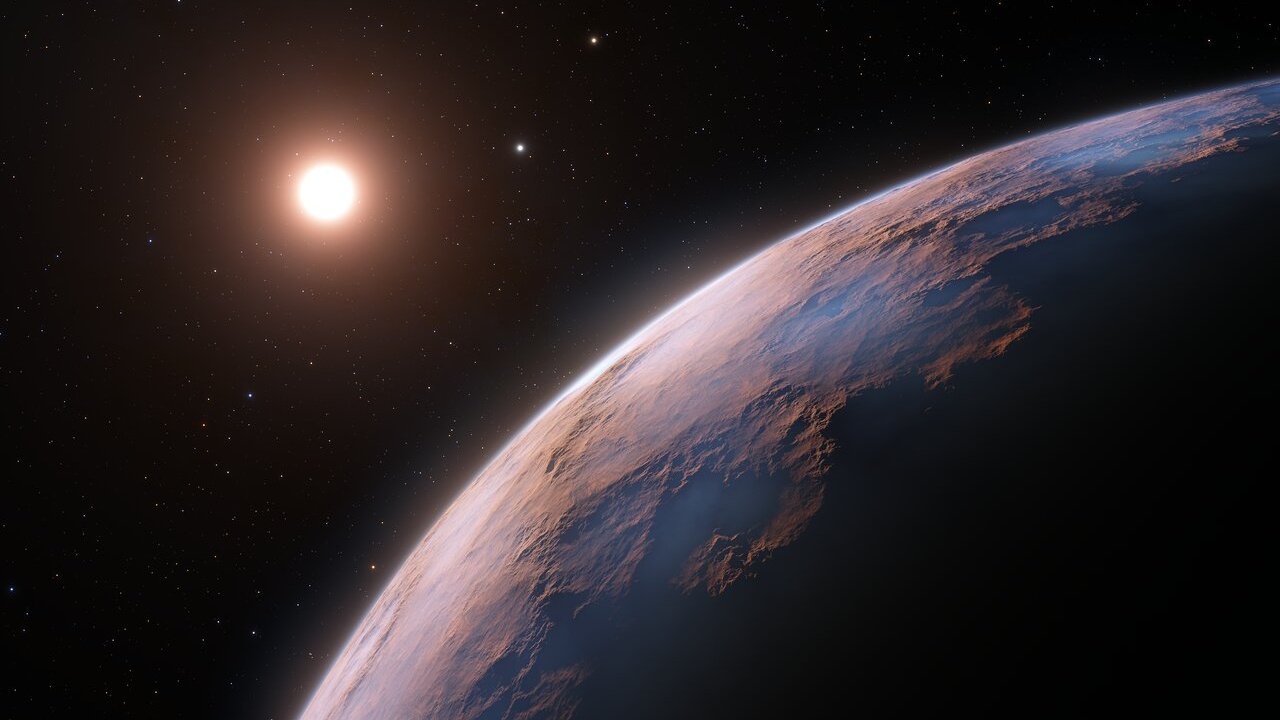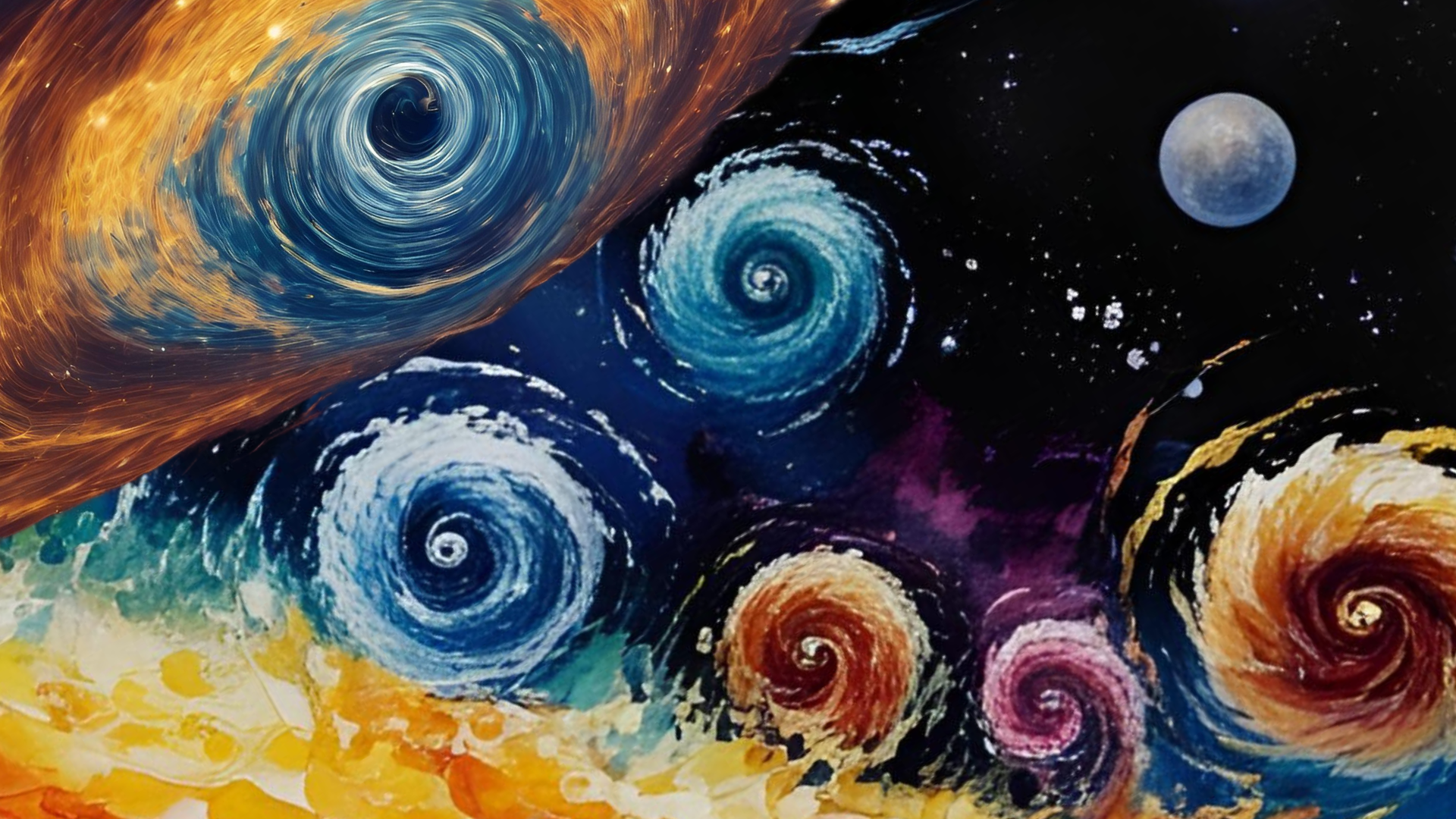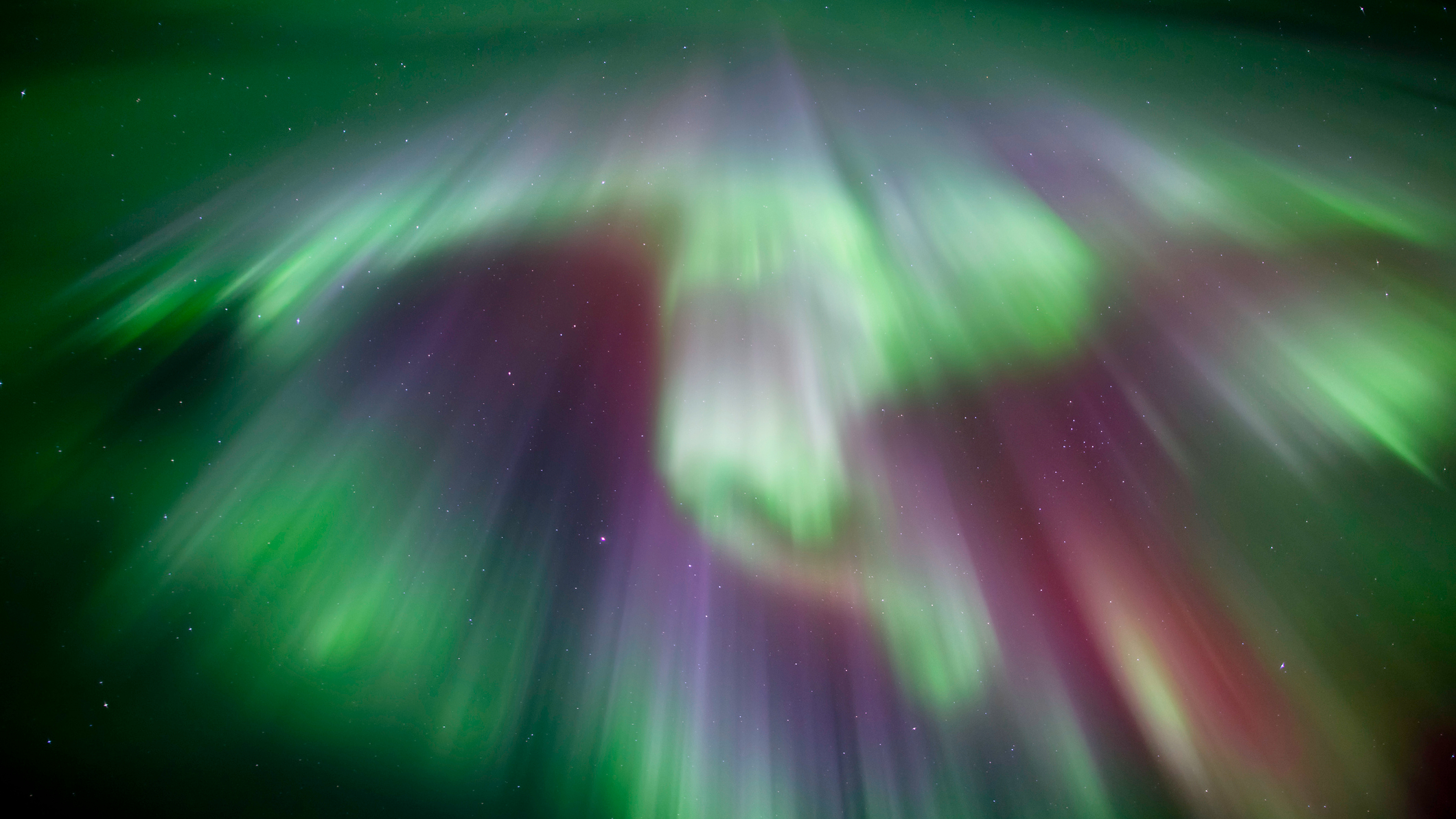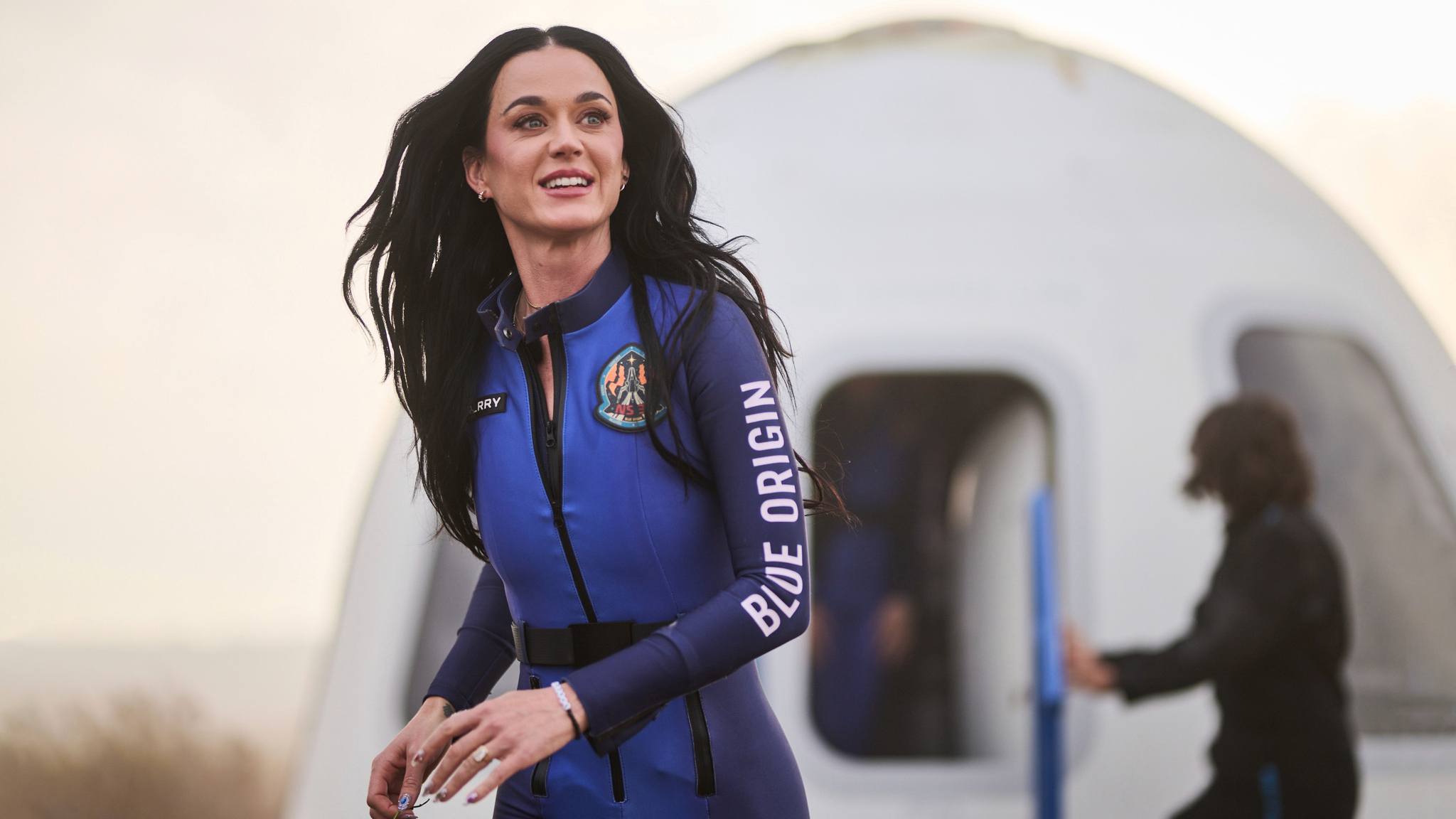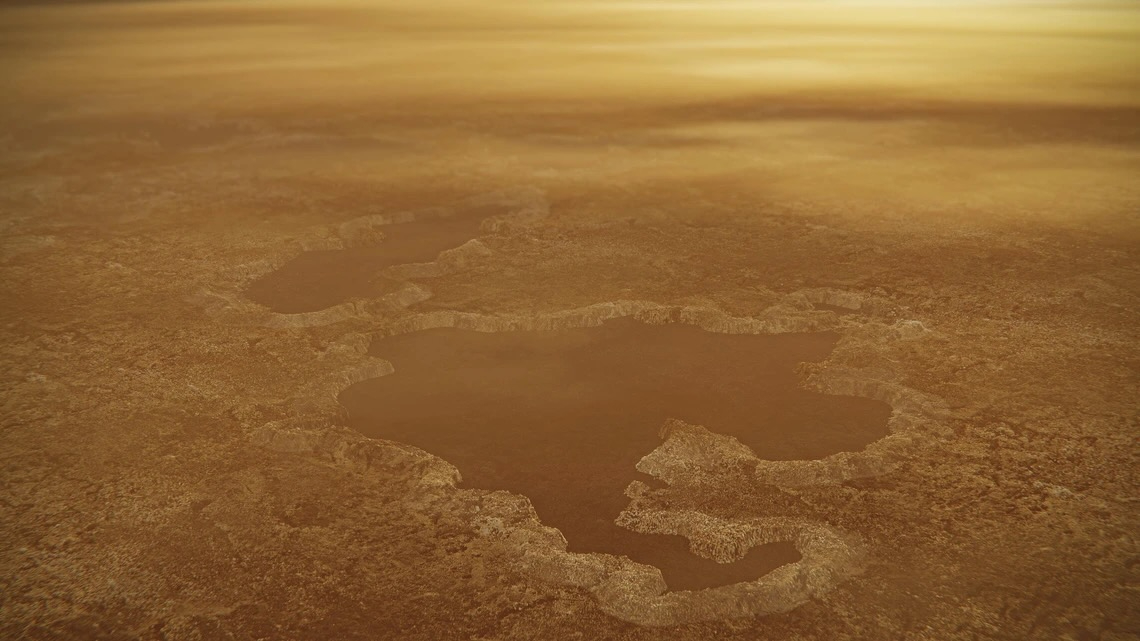NASA, MakerBot Launch Contest for 3D-Printed Mars Base

When the first human settlers land on Mars, they'll be spending a lot of time indoors, and now you can design what that Martian base might be like with a new 3D printing contest.
The 3D printer company MakerBot in Brooklyn, New York and NASA's Jet Propulsion Laboratory have teamed up to launch the MakerBot Mars Base Challenge. The 3D printing contest seeks innovative ideas for a habitat that could support a crew of astronauts on the surface of the Red Planet.
The Red Planet, at least in its current state, is hostile to life as we know it. It is frigid, prone to dust storms and bombarded with dangerous cosmic rays. To survive, future astronauts will need a sturdy, utilitarian home — perhaps made out of parts from a 3D printer, for on-the-spot construction. [3D Printing and Space Travel (Photos)]
That's where the MakerBot Mars Base Challenge comes in. A panel of experts from MakerBot and the Jet Propulsion Laboratory in Pasadena, California, will judge designs on their scientific feasibility, creativity and printability. Winners will be awarded MakerBot products, with the 1st-prize winner receiving a Replicator 2 Desktop 3D Printer.
A 3D printing Mars challenge
The MakerBot Mars Base Challenge is now open and accepting submissions until the end of the day on June 12. All entries must be uploaded to the Mars Base Challenge website Thingiverse.com, an open-source website for design ideas, with the hashtag #MakerBotMars.
Winners will be awarded MakerBot products, with the 1st-prize winner receiving a Replicator 2 Desktop 3D Printer. As of June 5, there were 66 proposals submitted, many of them using some combination of dome-covered modules.
Get the Space.com Newsletter
Breaking space news, the latest updates on rocket launches, skywatching events and more!
"Taking Mars' extreme cold, high radiation levels, lack of oxygen, and frequent dust storms into consideration, design a utilitarian Mars base that can withstand the elements and maybe even make you feel at home, despite being 140 million miles away from Earth, on average," contest organizers wrote on the Thingiverse challenge website.
Mars Base Challenge entries will be judged by a panel of experts from the Jet Propulsion Laboratory in Pasadena, California, as well from MakerBot. The designs will be rated for scientific feasibility, creativity and printability.

3D printing in space
The idea of using 3D printing to make extraterrestrial buildings isn't new. Scientists have been exploring the possibility of 3D printing with lunar dirt to create moon bases. Officials with the Mars Foundation are looking into how the technique could be used to 3D-print sustainable Martian houses out of raw material on the planet.
NASA even plans to launch the first 3D printer in space later this year. That printer, called the 3D Printing in Zero G Experiment, was built by the company Made in Space to test the feasibility for 3D printing spare parts or tools on the International Space Station.
NASA is also exploring the possibility of 3D-printed space food. Last year, the space agency awarded the Texas-based company Systems and Materials Research Consultancy $125,000 to begin studying the possibility of producing nutritious food with 3D printing technology that could sustain astronauts on long deep-space voyages.
To learn more about the MakerBot Mars Base Challenge, visit: http://www.thingiverse.com/challenges/Mars
Follow Megan Gannon on Twitter and Google+. Follow us @Spacedotcom, Facebook or Google+. Originally published on Space.com.
Join our Space Forums to keep talking space on the latest missions, night sky and more! And if you have a news tip, correction or comment, let us know at: community@space.com.

Megan has been writing for Live Science and Space.com since 2012. Her interests range from archaeology to space exploration, and she has a bachelor's degree in English and art history from New York University. Megan spent two years as a reporter on the national desk at NewsCore. She has watched dinosaur auctions, witnessed rocket launches, licked ancient pottery sherds in Cyprus and flown in zero gravity on a Zero Gravity Corp. to follow students sparking weightless fires for science. Follow her on Twitter for her latest project.
